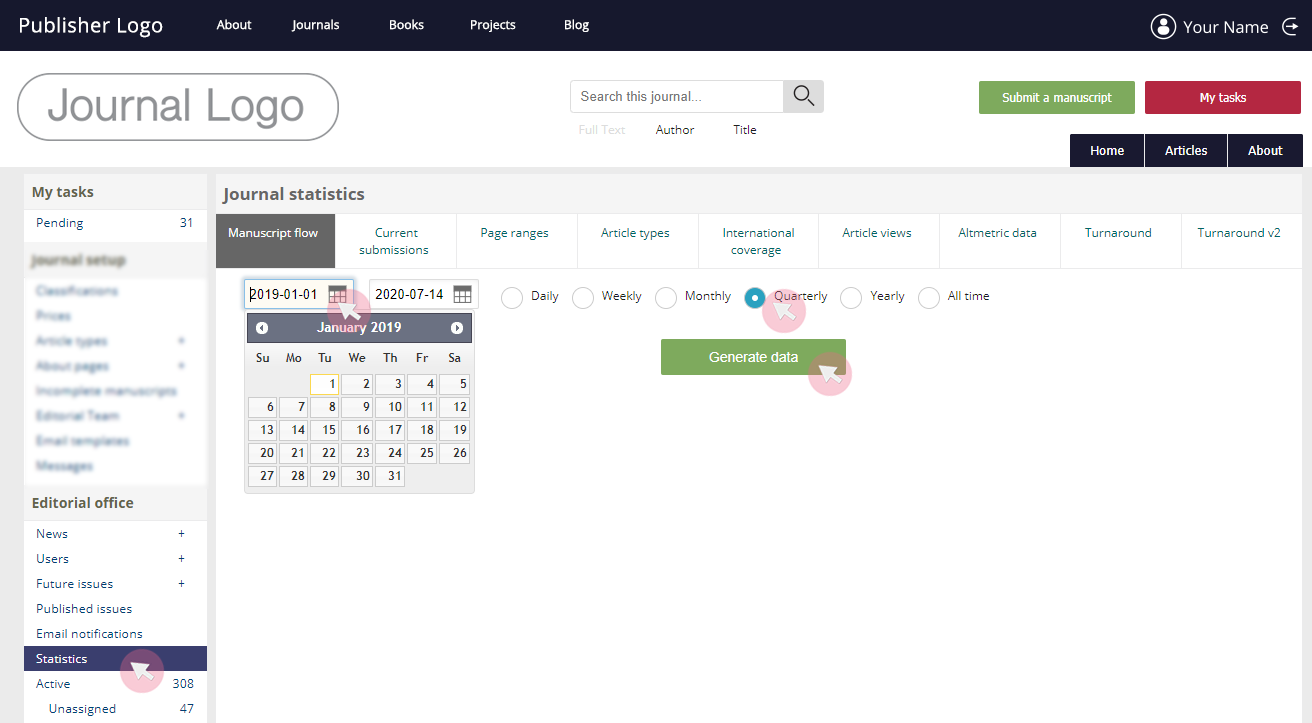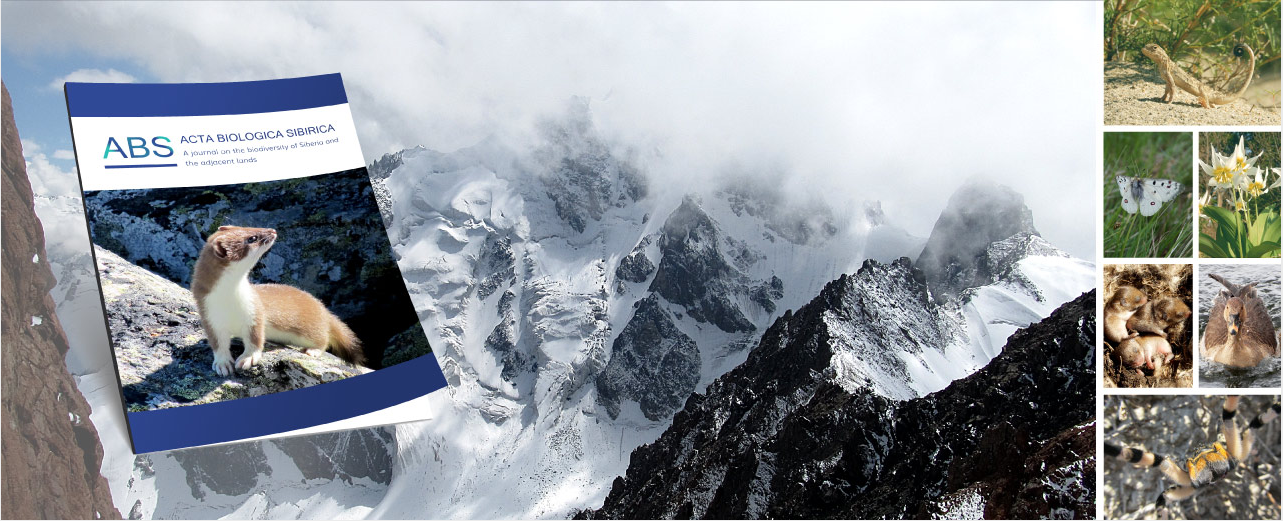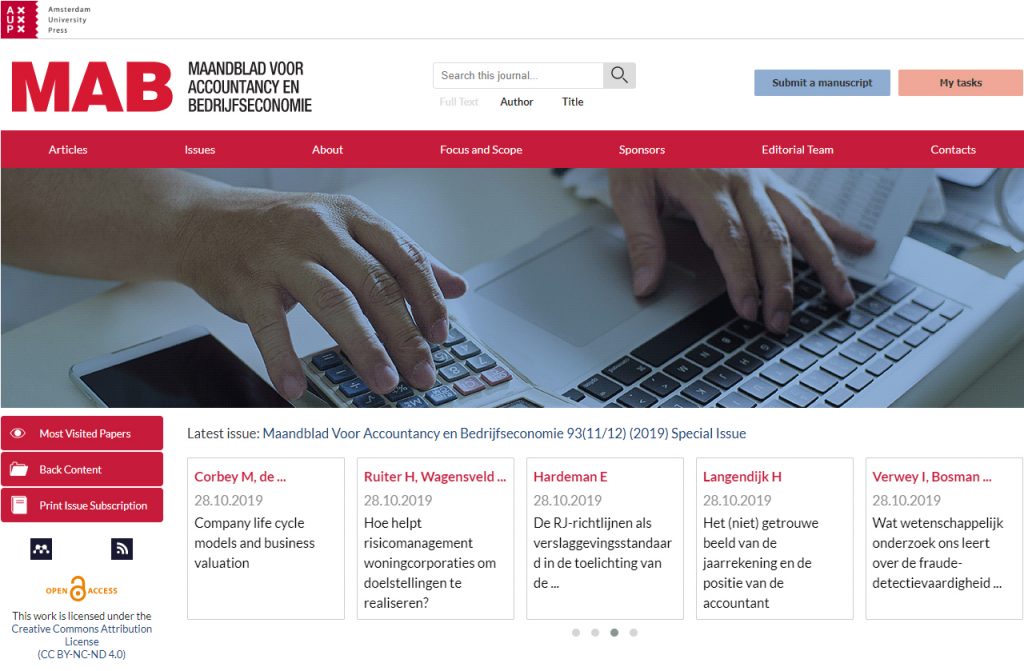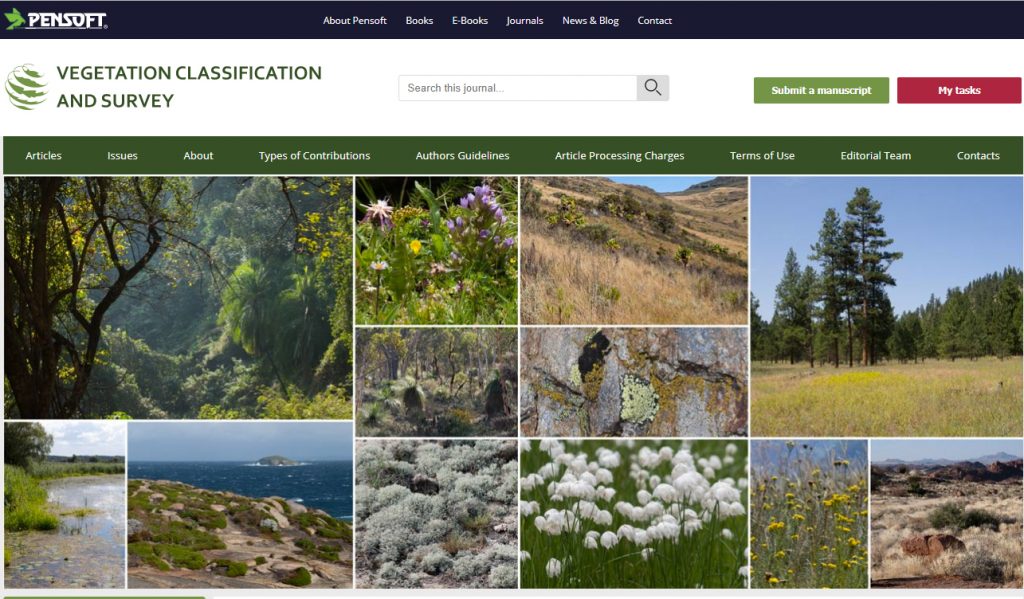Given scientific conferences present academics with the fantastic opportunity to meet up and discuss their latest work, as well as share their vision for the future of their field, it’s no wonder that, historically, the majority of ground-breaking science can easily be traced back to a particular event.
This said, don’t you think that we need to do everything within our powers to ensure the visibility, dissemination and long-term accessibility of research presented and linked to these wonderful drivers of scientific progress that conferences are? Similarly to the care conference organisers take to make sure the event runs smoothly and the attendants are happy with the programme and enjoy themselves, the organisational committee should also be thinking how to preserve all those promising pieces of research well after the event is over.
Here at Pensoft, an open-access scholarly publisher, founded by scientists, we’ve been contemplating for a while now how to encourage and support the community to efficiently open up the valuable outputs to researchers and readers well beyond the publication of abstracts in an abstract book of the conference.
As a result, we came up with several simple, yet efficient publishing solutions for scientific conferences to collect and contextualise various research outputs either presented at or resulting from the event.
Bear in mind that with any solution, all publications enjoy the benefits seen in conventional research papers, such as:
- Crossref registration and individual DOI to ensure preservation;
- Publication in PDF, semantically enhanced HTML and data-minable XML formats to improve readability, accessibility and findability;
- Indexing and archiving at multiple, industry leading databases to increase visibility;
- PR and social media promotion to boost outreach to various audiences.
Collections of conference abstracts, posters and presentations
Conference (video) abstracts, posters and presentations are easily the first to fall victims of the ephemerality of an event, yet these are too often the stepping stones to major scientific discoveries. This is why a few years back we launched ARPHA Conference Abstracts (ACA), where conference organisers can open their own collection and provide the participants with submission, review and publication of their abstracts ahead of the conference.
Furthermore, these abstracts can be handled editorially in sub-collections, e.g. the convenors of symposia or working groups within a conference will take care of the abstracts submitted to them, thus spreading the editorial workload across larger teams of editors and organisers.
Not only will conference organisers spare themselves the worries about providing a special platform for abstracts submissions, but this will also facilitate presenting authors, who will be able to easily point to their contribution before, during or after their presentations. On the contrary, the abstracts are assigned with DOIs, published in human-readable PDF and HTML and machine-actionable JATS XML, permanently preserved on ARPHA and Zenodo, and easy to find, access and cite, just like a conventional research paper, providing authors with full credit for their work early on.
Further, with ACA, the conference abstracts can be enhanced into what we call “extended abstracts”, meaning they can also include data, images, videos and multimedia. After the conferences, we can add video recordings of the presentations or graphic files of posters, so that these are visualised on the page of each abstract.
For example, take a look at the conference abstract collection of the Vth International Congress on Biodiversity: “Taxonomy, Speciation and Euro-Mediterranean Biodiversity”.
Conference proceedings
About the time we launched ACA, we also created ARPHA Proceedings, in order to also find a place for full-text conference papers. Similarly, the platform supports dedicated collections, where conference attendants are invited to submit and publish dynamically articles under the imprint of the event.
Conference papers in ARPHA Proceedings can also include data, figures and citations, and can also be updated with video recordings, posters and presentations following the conference.
Check out an example by the VI International Forum on Teacher Education.
Article topical collections and special issues resulting from conferences
Naturally, papers resulting from a particular conference are contextually linked, so a one-stop place to discover topical studies sharing one and the same topic would be greatly appreciated by readers and future researchers. In turn, this would lead to better viewership and citability of the papers in the collection.
With our user-friendly, dedicated workflow for special issues and permanent topical article collections, we’ve made it easy for guest editors across our journals to pitch and manage article collections, in order to bring together valuable and related studies. Using such a collection under the theme of your conference in a suitable journal, you can invite your conference’s participants or, better yet, all scientists working within the field, to submit their work in a nice package of topical science. We’d be happy to assist you with the identification of the most suitable journal for your conference, authors and goals.
See an example from One Ecosystem and the collection “Mapping and assessment of ecosystem condition and ecosystem services across different scales and domains in Europe”, the result from the “Mapping and assessment of ecosystem services – Science in action” conference, held in 2017.
Bringing together traditional and non-conventional research outputs, (e.g. research ideas, grant proposals, conference materials or workshop reports) with RIO Journal’s article collections
Undoubtedly, valuable research outcomes come in many shapes and sizes well beyond research papers, conference abstracts, posters and proceedings. We are firm supporters that every research item, even early and interim outputs, could be of value to the scientist next in line within a particular study.
This is why we launched the award-winning journal Research Ideas and Outcomes (RIO), where your collections can include both conventional and non-traditional research outputs, such as research ideas, posters, workshop reports, forum papers, policy briefs, software and data management plans to name a few. Furthermore, in RIO, you can even link articles or preprints published elsewhere to your collection via their metadata. Similarly to other Pensoft journals, in RIO, you will have the full control to whom you are opening your collection for submissions, allowing you to either limit it to the outcomes coming from your conference or welcome submissions from other researchers as well.
A permanent topical collection in RIO Journal may include a diverse range of both traditional and unconventional research outputs, as well as links to publications from outside the journal (see What can I publish on the journal’s website).
See the Brainhack 2016 Project Reports, whose aim is to collate reports from the 2016 Brainhack events. Also, check out the collection of the European Biodiversity Observation Network (EU BON) Project, providing a nice example for a wide range of publication types.
***
Don’t hesitate to get in touch to discuss your own case and select the best option for your conference – we’ll be happy to hear from you!
***
Follow Penoft on Twitter and Facebook and subscribe for Pensoft’s blog.



















